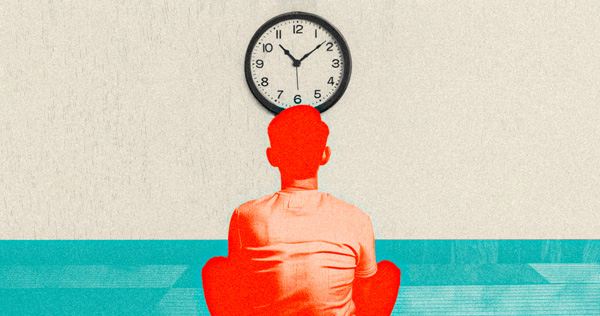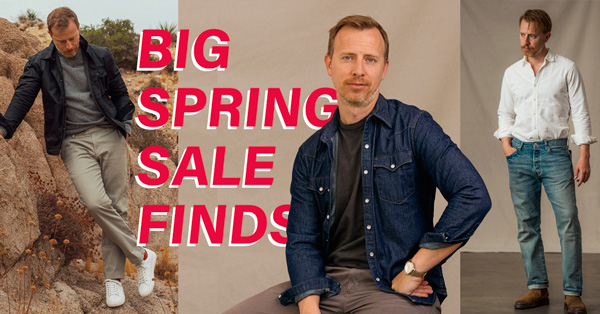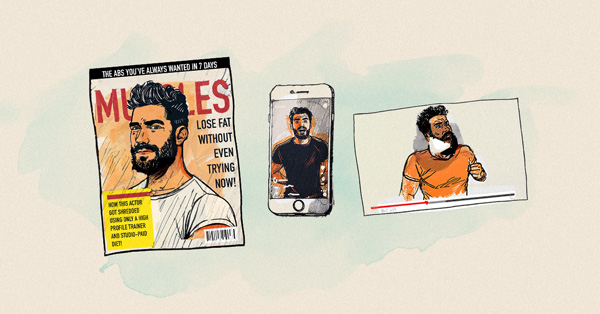When most men talk about the way their clothing fits, the emphasis tends to be on its circumference – that is, how tight or loose the fit is in comparison to the natural shape of the man’s body.
It’s obvious that this is a crucial aspect of proper fit and it rightfully deserves its position in the forefront of men’s minds. However, even if you dial in the fit in the chest, stomach, biceps, ankle, and any other circumference-based measurement on a man’s body, your clothing can still look sloppy if you don’t focus on proper lengths.
Today we’re going to be talking about sleeve lengths, and the ideal aesthetic and fit for each different type of sleeve you wear. For our purposes we’ll be focusing on five different areas – suits and sportcoats, overcoats, short-sleeved shirts, long-sleeved shirts, and sweaters.
Suits and Sportcoats
Your suit jackets and sportcoats should have their sleeves fall between a quarter of an inch and three-quarters of an inch above your shirt sleeves.
Anything longer is going to make you look like your suit is a size (or two) too big. Anything shorter and you'll look like you shop in the boy's department. It's more conservative to show less cuff and currently more fashion forward to show more.
You'll also want to factor in the proportions of your arms to the rest of your body. If you have long gorilla arms (like I do) then showing less cuff will help visually balance them out with the rest of your body. The opposite is true if you have disproportionately short arms.
Provided that your jacket and coat sleeves do not have functioning buttonholes, it is relatively cheap and quick to have a tailor alter them. So if they're just a bit too short or too long, it's still worth making the purchase and having them altered.
Overcoats
For winter coats, trench coats, overcoats, etc. you want the sleeves to be long enough that they just start creeping onto the back of your hand. This will ensure that they cover shirt cuffs and jacket sleeves while also providing enough coverage with gloves. I hate having exposed wrists in the winter and it's easy to alleviate this by ensuring your jacket sleeves are long enough.
Just like your suits and sportcoats – the sleeve length of your overcoats should be easily alterable as long as the sleeves are non-functioning. As a result, this is one of the first things you should look into when debating the purchase of a new overcoat.
Short-Sleeved Shirts
We'll start with short-sleeved shirts because they're the easiest. Irrespective of what you're wearing (T-shirt, polo, casual button-up) if your shirt has short sleeves, they should end at the middle of your bicep. Longer sleeves look sloppy and shorter alternatives end up appearing effeminate.
Don’t be worried about the sleeve falling at your mid bicep if you don’t have one. Even the noodle-armed amongst us will look larger and more masculine by having the sleeves accentuate the natural size and length of your arms. Trying to hide any supposed deficiencies actually makes you look scrawnier.
Long Sleeved Shirts
Whether you’re wearing a casual shirt like a rugby or something more formal like a button up, you want the sleeves of your long-sleeved shirts to fall right where your wrist meets your hand.
There are two key factors in getting this proper fit – the length of the sleeve arm and the circumference of the cuff.
One of the more common complaints I hear is that a sleeve which is the correct length when the arms are at rest at a man's side are too short when he puts his hands up and in front of him. Consequently, he'll buy longer sleeves but they'll end up covering his hand.
If you want to have the best of both worlds, it's imperative that the sleeve arm is long enough to reach beyond the wrist and that the cuff circumference is tight enough that it will prevent the sleeve from falling onto the hand.
When measuring for custom shirts I will measure about a third of the way onto the back of the hand to make sure I have enough length for when the man's arms are up in front of him. When measuring the cuff, unlike any other circumference measurement, I take the wrist measurement exactly (without a finger in there for breathing room), although I will give extra allowance on the man's preferred watch hand.
Obviously custom is ideal in this regard, but you can make do with off-the-rack shirts by moving the cuff button to a position that closes it tightly enough.
Sweaters
For the purposes of this article we’re going to look at sweaters in two different families – layering pieces and stand-alone items.
Layering sweaters are usually of a lighter weight and are made for – you guessed it – layering. For most men this means things like V-necks and cardigans. Because these are layering pieces, they will look sloppy if they fall lower than the shirt sleeve of a button-up. The worst offense is when a man will wear the proper sleeve length in a suit jacket and have his sweater sleeves fall onto his hand. It takes the carefully designed intentionality of showing a little cuff and turns it into a perfect example of sloppy proportions.
The ideal length of a layering sweater is just a hair longer than your jacket sleeves and still shorter than your button-ups. If you can’t accomplish that kind of precision, it’s best to have your sweaters fall shorter than the sportcoat or suit jacket – meaning people who see your wrists will only see the two layers.
Stand-alone sweaters are things like chunky cardigans, crew necks, and other bulky options. These are heavier in weight and typically of a more casual appearance. They’re meant to be worn on their own and not under a jacket or sportcoat.
Because these are designed to be the final layer in-and-of themselves, and because of their more casual nature, these should fall right at the edge of your wrist – with no other layer peeking out beneath. You still want to avoid having them fall all the way onto or over your hand, but you shouldn’t see any cuff or wrist beneath them.
While this may seem overly detailed or like I’m nitpicking, it’s an important element in getting the correct fit. The benefit of being aware of these details is that they really only come into play when purchasing a shirt, coat, jacket, or sweater. Once you know you’ve purchased the correct fit, you can throw any item on with anything else and not have to worry about how they correlate with each other.



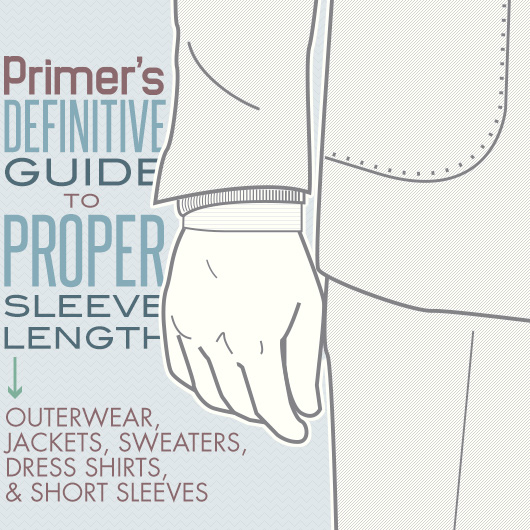
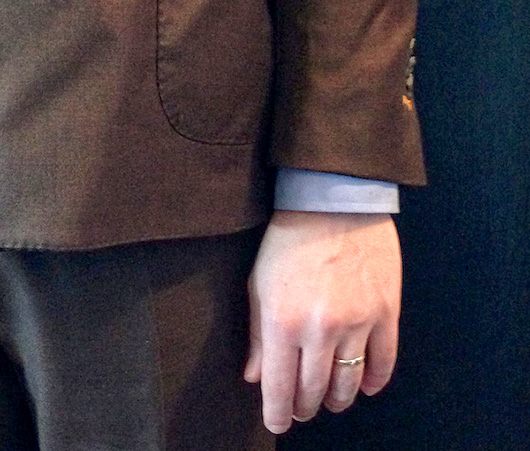
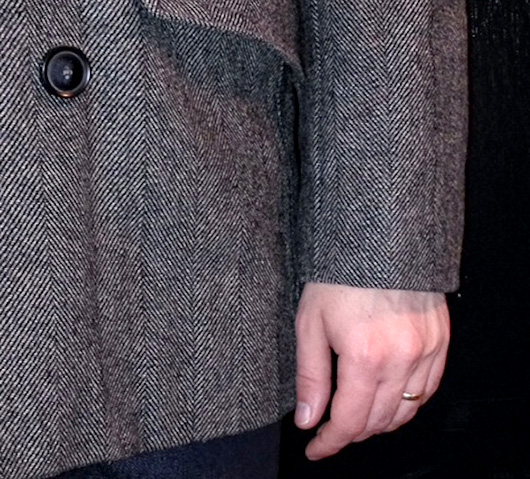
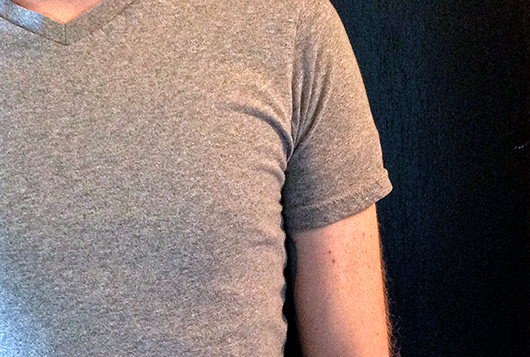
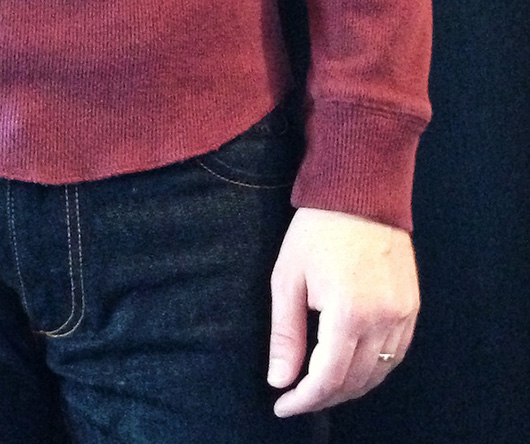
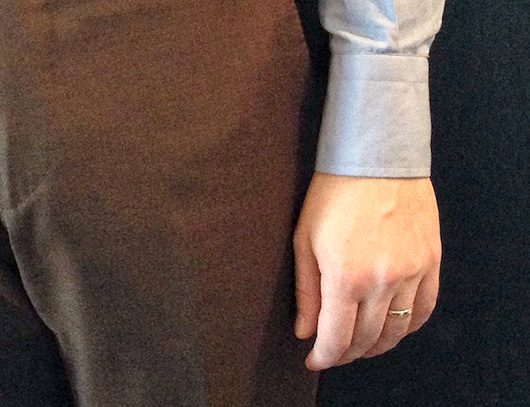
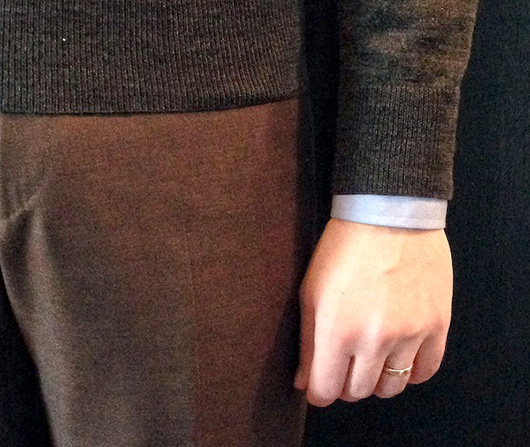
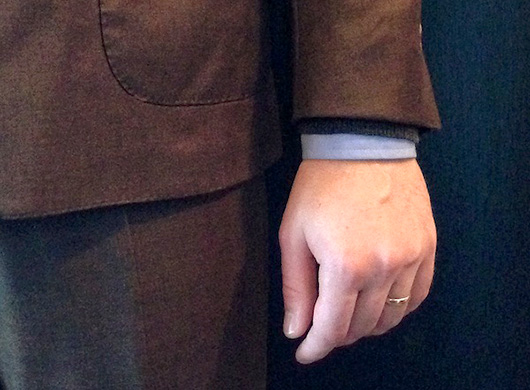
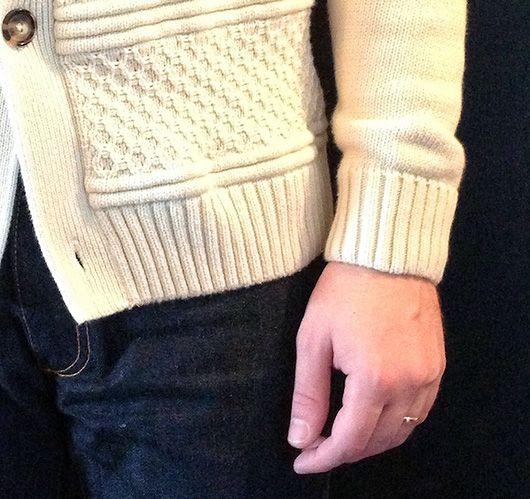




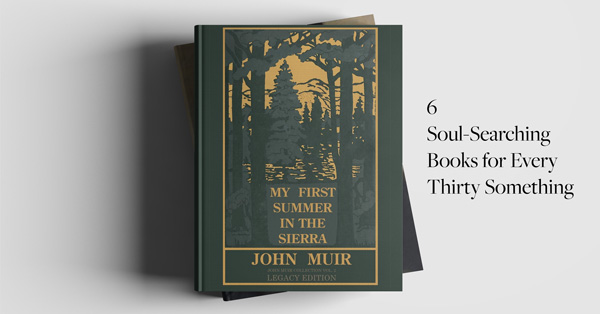
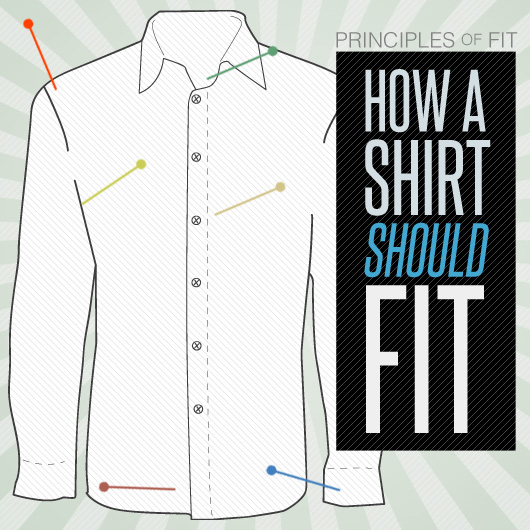
![No, Timeless Style Is Not a Made Up Marketing Term [Essay]](https://www.primermagazine.com/wp-content/uploads/2023/05/timeless-style_feature.jpg)


